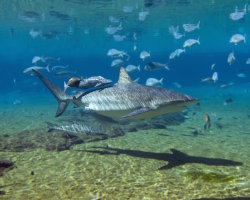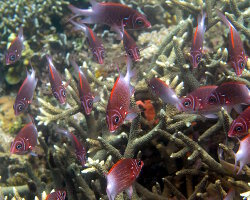Sealife guideThe caribbean reef sharkCarcharhinus perezi
Last updated on 08/22/2024 at 10:37 PM
Taxonomy
- Common name: Caribbean reef shark
- French name: Requin de récif des Caraibes, requin caraïbe, requin de récif
- Spanish name: Tiburón coralino
- Scientific name: Carcharhinus perezi (Poey, 1876)
- Family name: Carcharhinidae
- Order name: Carcharhiniformes
- Class name: Elasmobranchii
Description
The Caribbean reef shark can grow up to 10 feet in length and weigh up to 154 pounds. This large streamlined shark has a gray body, a ridge between the dorsal fins and a short blunt snout. Its first dorsal fin is small with a similarly small rear edge.
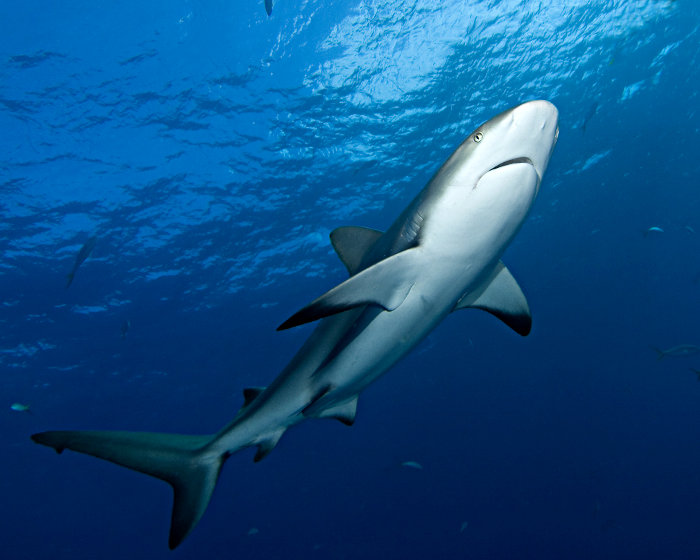
The Caribbean reef shark is a large, streamlined shark with a gray body
Geographic range
The Caribbean reef shark is widely distributed in all tropical waters in the western Atlantic Ocean, from southern
Florida to northern Brazil, including the many islands of the Caribbean. It is especially common in the Caribbean Sea and the Gulf of Mexico where it frequents the many scattered reefs.
The Caribbean reef shark is very common in the Bahamas.
Habitat
The Caribbean reef shark can be found from the surface down to about 200 feet, but it generally prefers depths of no more than 100 feet. As its name suggests, it frequents the reef zones of tropical waters. It typically swims in shallow waters or near the drop-offs on the outer edges of coral reefs.
Diet
The Caribbean reef shark primarily feeds on reef fish from the
Priacanthidae fish family, which are characterized by their large eyes, earning them the nickname « bigeye » in english, as well as on rays and
cephalopods.
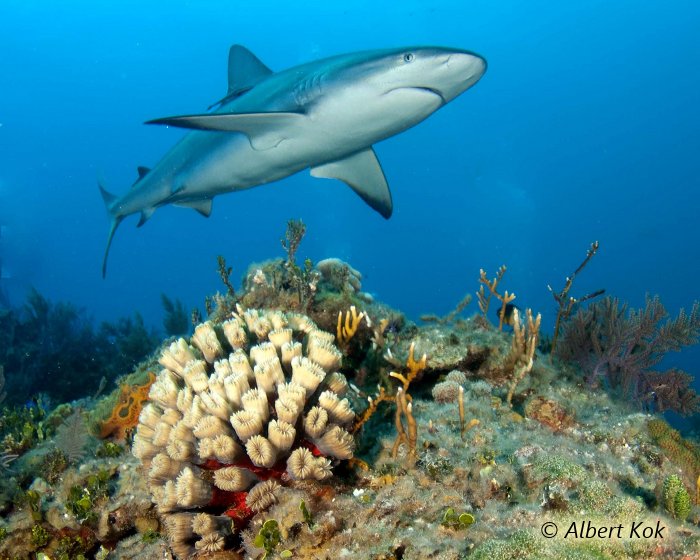
The Caribbean reef shark frequents coral reefs
Reproduction
The Caribbean reef shark is
viviparous. After a gestation period of one year, the female gives birth to about half a dozen young sharks, which are already around 2 feet in length. The young males will reach sexual maturity at around 5.2 feet in length, while females will need to grow between 6.5 to 10 feet before reaching maturity.
Did you know ?
The Caribbean reef shark is consumed by humans in various cooked dishes. Due to overfishing, its population is declining in several areas, and the species is considered near-threatened by the
IUCN !
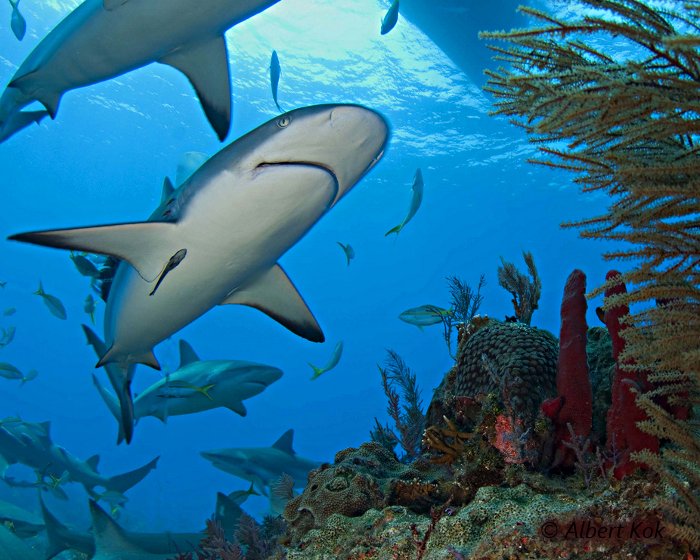
A common sight in the Bahamas: the Caribbean reef shark !
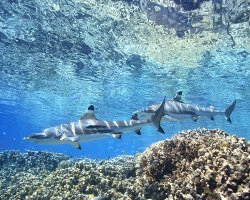
Blacktip reef shark
(Carcharhinus melanopterus)
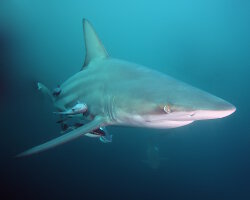
Blacktip shark
(Carcharhinus limbatus)
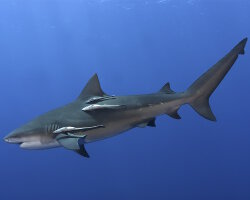
Bull shark
(Carcharhinus leucas)
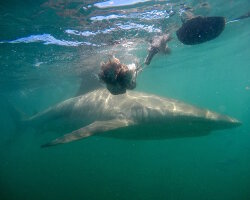
Copper shark
(Carcharhinus brachyurus)
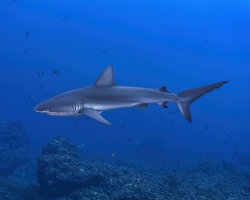
Galapagos shark
(Carcharhinus galapagensis)

Oceanic whitetip shark
(Carcharhinus longimanus)
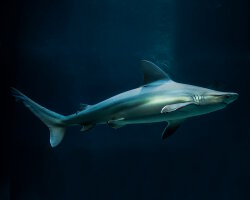
Sandbar shark
(Carcharhinus plumbeus)
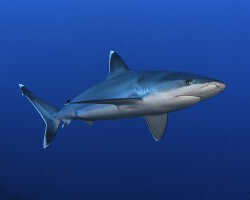
Silvertip shark
(Carcharhinus albimarginatus)
Within the same family
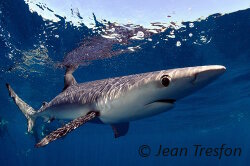
Blue shark
(Prionace glauca)
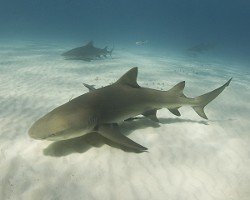
Lemon shark
(Negaprion brevirostris)
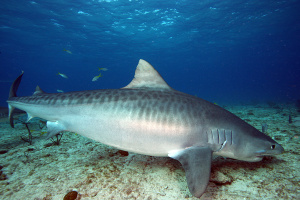
Tiger shark
(Galeocerdo cuvier)
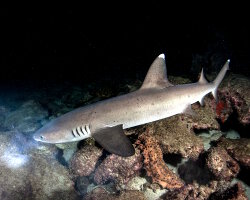
Whitetip reef shark
(Triaenodon obesus)
Discover also
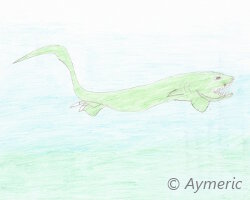
Frilled shark
(Chlamydoselachus anguineus)
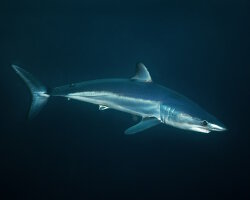
Longfin mako
(Isurus paucus)
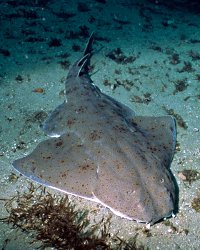
Pacific angelshark
(Squatina californica)
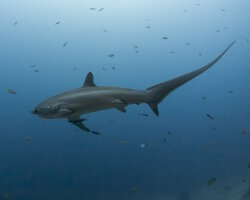
Pelagic thresher shark
(Alopias pelagicus)

Scalloped hammerhead
(Sphyrna lewini)
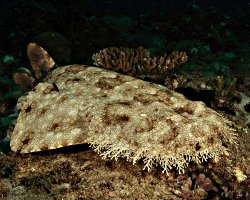
Tasselled wobbegong
(Eucrossorhinus dasypogon)
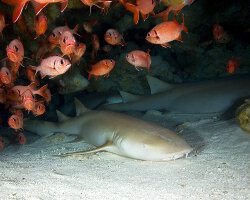
Tawny nurse shark
(Nebrius ferrugineus)
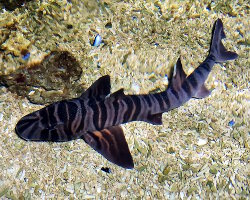
Zebra bullhead shark
(Heterodontus zebra)
The marine species from Caribbean sea
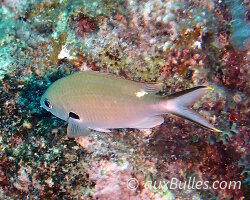
Brown chromis
(Chromis multilineata)
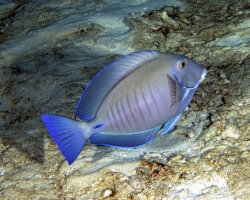
Doctorfish
(Acanthurus chirurgus)
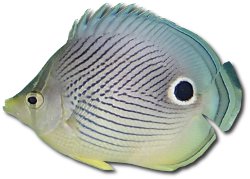
Foureye butterflyfish
(Chaetodon capistratus)

Gag grouper
(Mycteroperca microlepis)
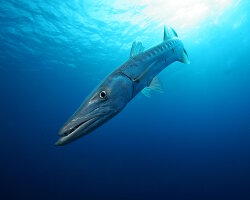
Great barracuda
(Sphyraena barracuda)
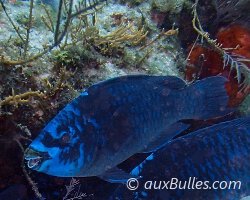
Midnight parrotfish
(Scarus coelestinus)
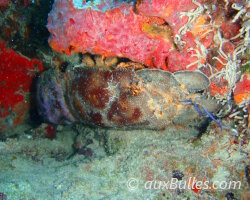
Spanish slipper lobster
(Scyllarides aequinoctialis)
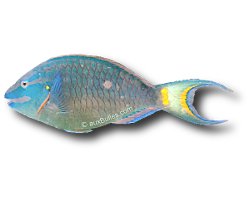
Stoplight parrotfish
(Sparisoma viride)
Dive centers

'Les Ilets' dive center

Noa dive center




































